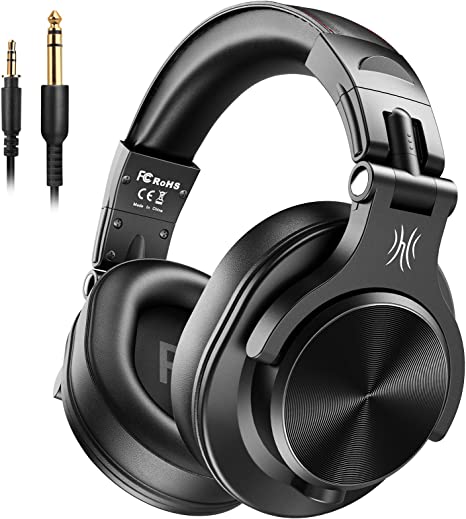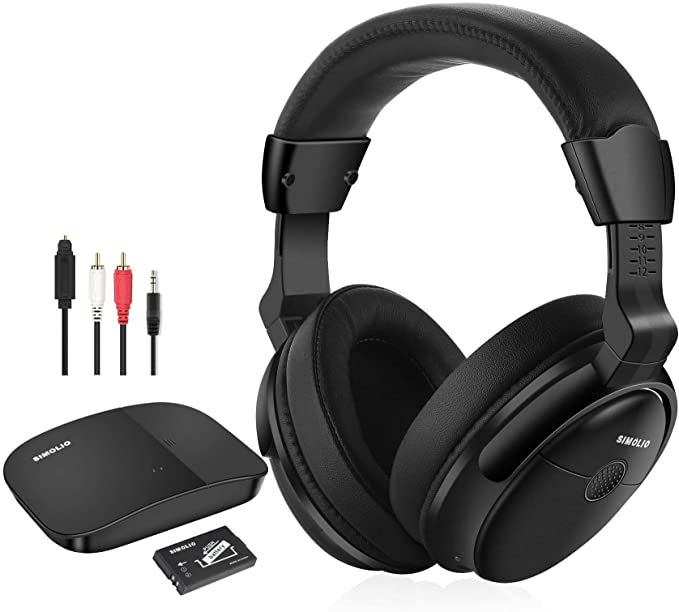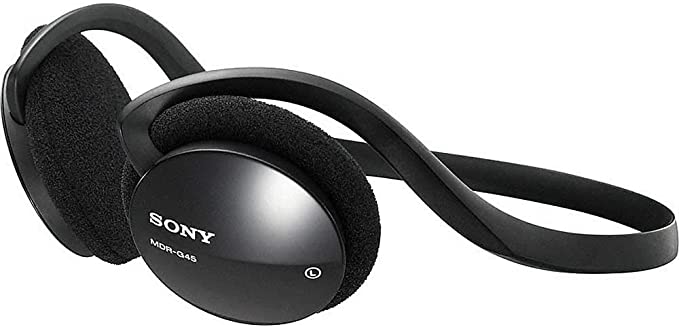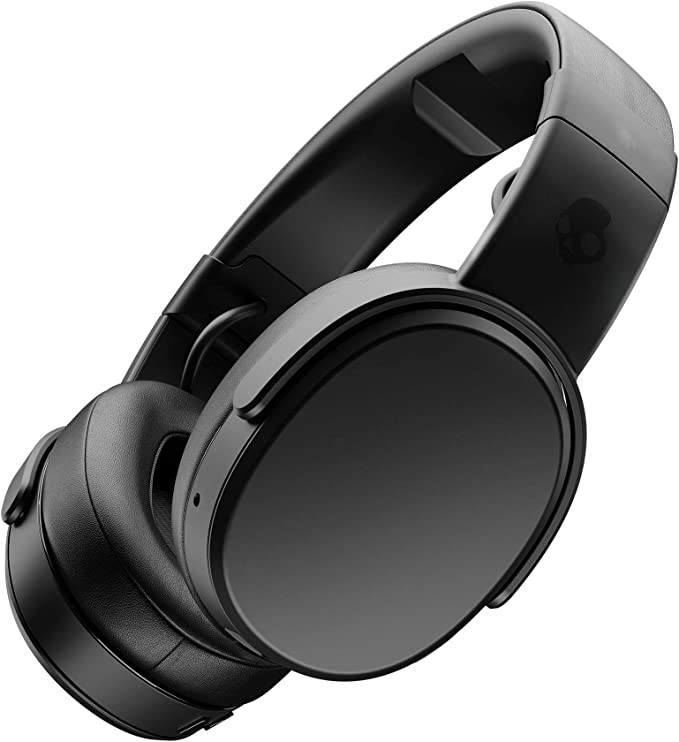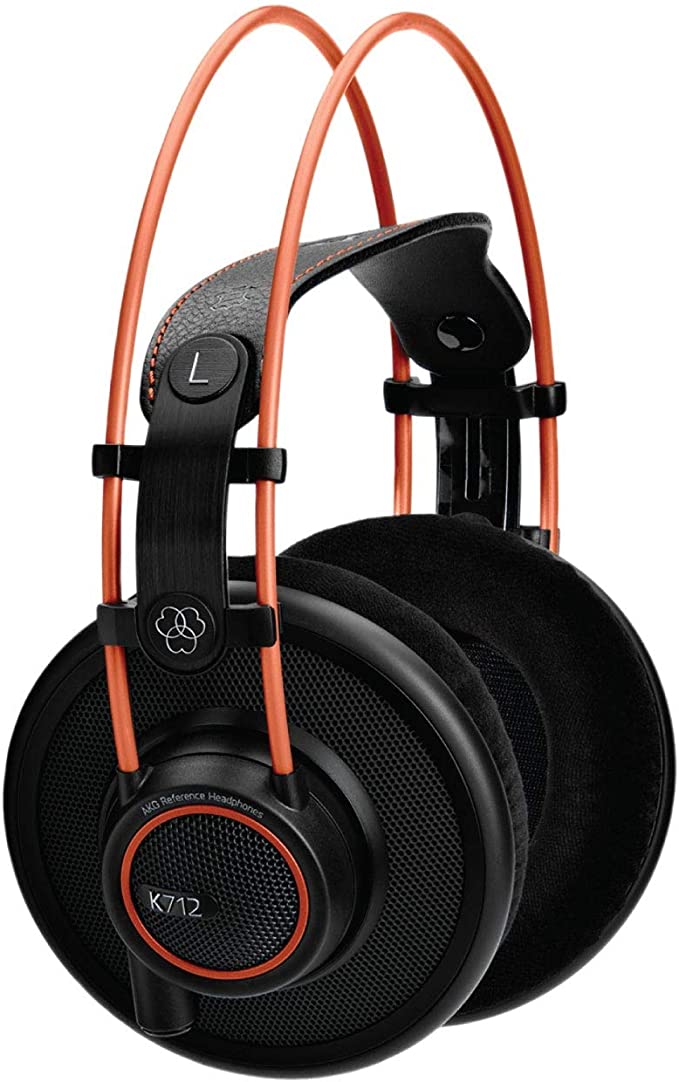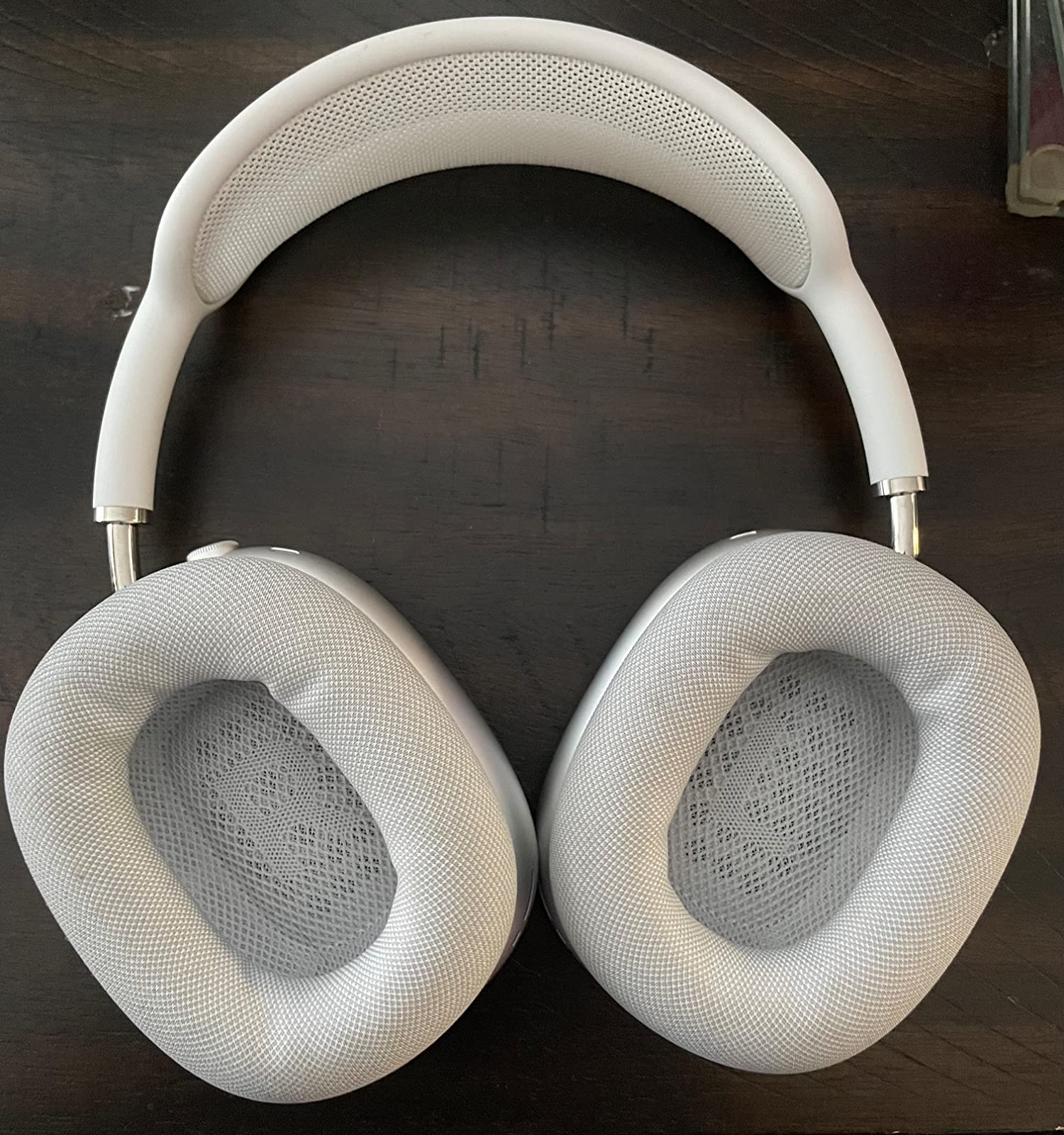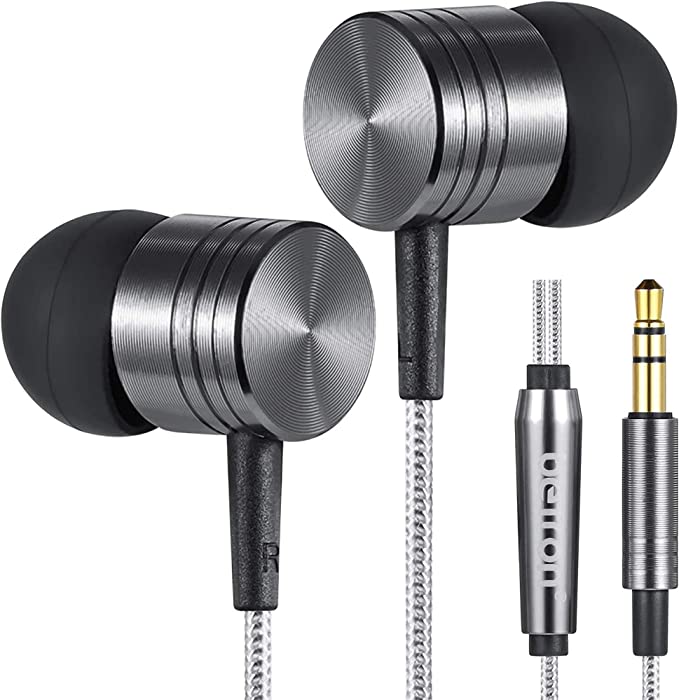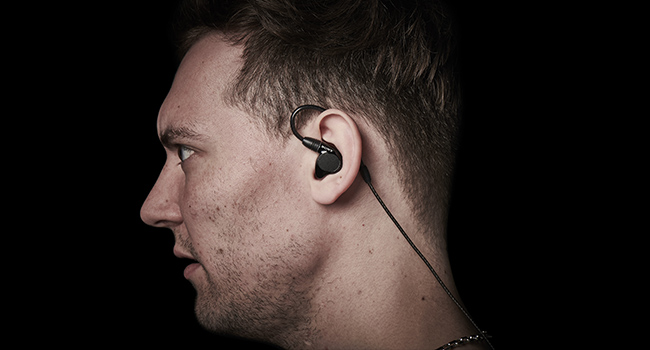Sony MDR-XB41EX Extra Bass In-Ear Headphones: Heart-Thumping Bass That Will Shake Your Ears
Update on June 27, 2025, 5:09 p.m.
Sometime around 2011, a shift occurred that you could feel in your chest. The polished pop of the 2000s gave way to something more visceral, a sound defined by deep, shuddering sub-bass and explosive drops. Artists like Skrillex were taking electronic music from underground clubs to the top of the charts, and hip-hop production leaned heavier than ever on ground-shaking 808s. Music was changing, and so was the way we listened. The iPod was giving way to the smartphone, and our musical lives were becoming entirely portable.
This confluence of culture and technology created a very specific demand: we wanted to take that club-level bass with us. And it’s in this environment that an artifact like the now-discontinued Sony MDR-XB41EX Extra Bass headphones was born. To look at this headphone today is to perform a kind of audio archaeology. It’s not just a piece of old tech; it’s a time capsule, a physical answer to the question of what an entire generation wanted to hear.

The Engineer’s Mandate: Crafting the Club Experience To-Go
Imagine being an audio engineer at Sony in 2011. The directive is clear: create an affordable, in-ear headphone that delivers massive, satisfying bass when plugged directly into a phone. This is a taller order than it sounds. You can’t just “turn up the bass” with a simple knob. You have to build the potential for it into the very physics of the device. This requires a series of deliberate, interconnected design choices, a blueprint for a very specific feeling. The MDR-XB41EX is that blueprint, executed with precision.
Inside the Engine Room: The Physics of Impact
The heart of any headphone is its driver, the miniature speaker that turns electricity into sound. To produce powerful bass, you need to move a significant amount of air. The solution in the MDR-XB41EX is immediately apparent in its specifications: a massive 13.5mm dynamic driver. For an in-ear monitor, this is like putting a V8 engine in a compact car. This large, piston-like surface can push and pull air with far more authority than smaller drivers, creating the low-frequency pressure waves we perceive as deep, resonant bass.
But power without control is just noise. That control comes from the Neodymium magnet, the unseen force in the driver assembly. Neodymium magnets are exceptionally powerful for their size, creating a strong magnetic field that grips the driver’s voice coil with absolute precision. This allows the diaphragm to start and stop its motion almost instantly, resulting in a bass that is not only loud but also, as one user review perfectly described it, surprisingly full of “clarity.” It’s the difference between a muddy rumble and a tight, punchy kick drum.
This engineering prowess is hinted at in a rather audacious spec: a frequency response of 4 - 24,000 Hz. While the upper limit is standard, the lower limit of 4 Hz is far below what humans can hear (our range typically starts around 20 Hz). This isn’t a promise to hear the inaudible. It’s a statement of capability. It tells you the system is so robustly built that it can handle the extreme demands of ultra-low frequencies without distorting, ensuring that the bass you can hear is delivered with effortless authority.
Sculpting the Sensation: The Art of Psychoacoustics and Purposeful Compromise
As any audio engineer will tell you, creating sound is only half the job. The other half is ensuring it reaches the listener’s brain correctly. This is where psychology and physics intertwine. One user review for the XB41EX provides a perfect clue: “You can hear your own breathe and movement if you put it on right.” This describes the effect of a deep, secure seal in the ear canal, achieved here by the vertical in-ear style and the multiple sizes of Hybrid Silicon Earbuds.
This seal is the foundation of the entire “Extra Bass” experience. It creates a closed acoustic chamber, preventing the precious low-frequency energy from leaking out and, just as importantly, blocking external noise. This effect, known as passive noise isolation, combats a phenomenon called “auditory masking,” where louder ambient sounds can drown out finer details in music. By creating a quiet, private listening space, the brain is free to perceive the full depth and texture of the bass.
However, this is also where the headphone’s most controversial and defining characteristic comes into play. As another user astutely observed, they deliver powerful bass “at the expense of the midrange.” This wasn’t a mistake; it was the mission. The XB41EX was tuned with a “V-shaped” sound signature. Imagine a graphic equalizer on a stereo: the engineers pushed the bass and treble sliders up and pulled the middle sliders down. This accentuates the beat and the sizzle of cymbals, making music feel more energetic and dramatic. For the pop, hip-hop, and EDM of its era, this was the perfect recipe. It was a deliberate sacrifice, trading neutrality for character, and it’s the very soul of the “Extra Bass” philosophy.
The Exoskeleton: Design in the Age of Pockets and Tangles
Looking at the physical design of the MDR-XB41EX reveals more clues about its time. The flat, Y-shape cord wasn’t just an aesthetic choice; it was a practical solution to the universal annoyance of pulling a tangled knot of wires from a pocket. Its geometry is inherently resistant to twisting and knotting.
Even more telling is the gold-plated L-shaped plug. In an era before ubiquitous Bluetooth, this was a critical feature. The right-angle design dramatically reduced the strain on the headphone jack of a phone or MP3 player crammed into a pocket, preventing a common point of failure. The gold plating ensured a clean, corrosion-free connection. These small details are fossils of a wired world, evidence of a design process deeply in tune with the real-world habits of its users.
The Ghost in the Machine: Of Breaking-In and Brain-In
One of the most fascinating phenomena in audio is “burn-in,” perfectly captured by a user who claimed the headphones “sounded like crap when I first put them on… they’re perfect after a week.” While there is a minor physical component to this—the flexible PET diaphragm of the driver may settle and become slightly more pliable after a few hours of use—the primary factor is psychoacoustic. Your brain is an incredibly powerful signal processor. When exposed to a new and distinct sound signature like the V-shape of the XB41EX, it takes time to adjust and create a new baseline for what sounds “normal.” What that user experienced was less the headphone changing, and more their own brain learning to appreciate its unique dialect.
Conclusion: A Lesson in Purposeful Imperfection
The Sony MDR-XB41EX is long gone from store shelves, but its legacy is a masterclass in product design. It was never intended to be the most accurate or neutral headphone. It wasn’t trying to be a multi-tool. It was a specialist, forged for a specific purpose, in a specific time, for a specific listener. Its genius lies not in a flawless, universal appeal, but in its unapologetic, single-minded pursuit of a feeling.
It teaches us that great design is often about making brave choices and deliberate sacrifices. In a world that often chases bland perfection, this relic from the bass era reminds us that sometimes, the most memorable and beloved products are the ones with the strongest, most distinctive, and most purposefully imperfect point of view.
